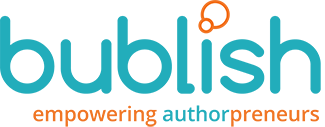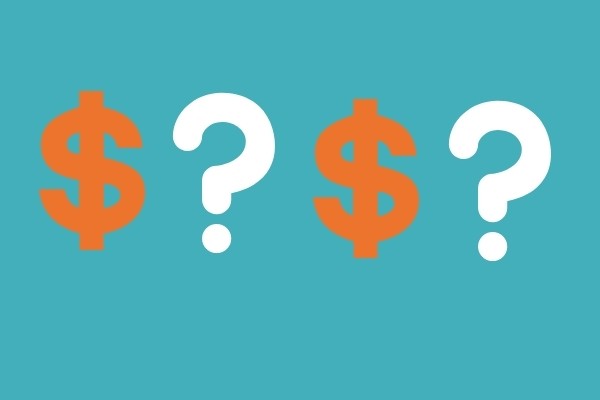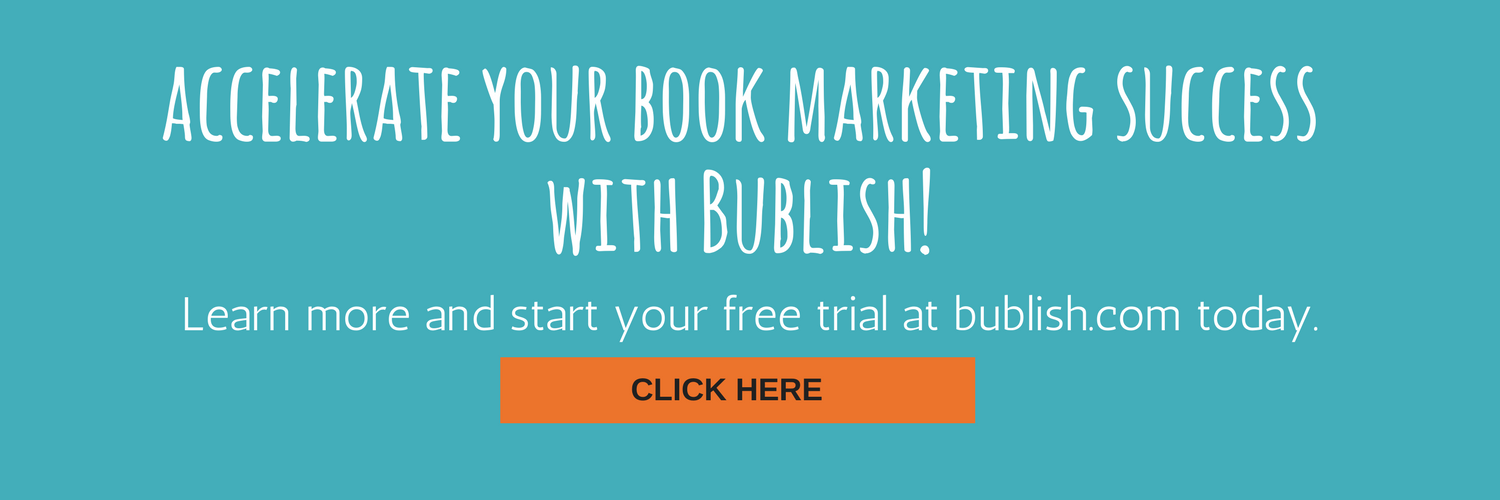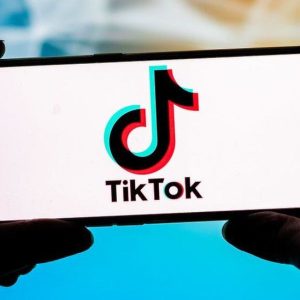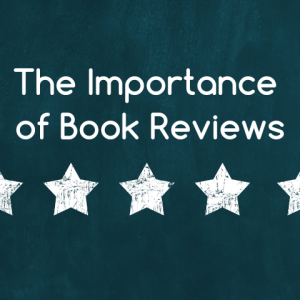There’s a lot of information out there about how to price your book—everything from the power of free to charging a premium. Truth is, buyers who favor a particular genre have purchased multiple books in that genre. There’s a price range they expect. Do you know what it is? Knowing the pricing “sweet spot” for books in your genre matters more than all the general pricing advice that’s floating around on the blogosphere. Here are some considerations as you price your print and eBook:
- Pricing by Genre—In some genres, bargain eBooks rule. Romance is a good example of a genre where free and .99 cents are the norm. If you write romance or in another genre where pricing is highly competitive, you’ll need to offer at least some of your eBooks in this price range. This is where writing a series can help. You can stagger your pricing: first in the series can be offered for free for discoverability, book 2 can be priced at .99, and the rest of the eBooks in the series might be offered in the range of $1.99 to $2.99. In other genres, bargain pricing can signal low quality. If readers in your genre are used to paying more for eBooks, you need to price accordingly. Research the price range for top titles in your genre. Be aware, though, that breaking the $9.99 threshold for an eBook at some retailers can lower your royalty cut. Weigh this as a pricing factor. The key? Understand the buyer psychology for your genre and price your eBook accordingly.
- Format Matters—The nice thing with eBooks is that pricing can be agile. It’s easy to change the price of an eBook, so don’t be afraid to experiment with your pricing. Pricing a print book is less flexible. Research the price range and page-count range of popular books in your genre before you finish writing your book. Why? Because the page count will impact the cost of printing your book and the designated price range in your genre might constrain what you can charge in order to cover those printing costs. We see authors get caught in this dilemma all the time—often, when it’s too late to change direction. If the normal page-count range in your genre is 250-300 pages, don’t write a book that is 450 pages. You’re not going to be able to charge extra to cover the higher printing costs. Readers just won’t buy if your pricing is ridiculously high. You’ll be stuck producing an expensive book with lower profit margins. Here’s an example: let’s say the top of the popular price range in your genre is $14.99. If you’ve written a 250-page book, you’ll make a royalty of about $5.14 on that book. Sweet! (We’re using the CreateSpace royalty calculator for this example.) If you write a 450-page book, you’ll make only $2.74 on that same book! That’s a difference of $2.40 per book. If you sell a thousand books, that’s $2,400 in lost profits! We’re not talking chump change. Key takeaway: research pricing and popular page-count ranges in your genre before you finish your manuscript. If you want to make money as an author, consider page count, pricing and printing costs early in the publishing process.
- International Pricing—The opportunity for indie authors to expand their readership across the globe continues to grow. When your uploading your eBook to an online retailer take the time to review the price of your book in foreign markets. A $3.99 eBook in the U.S. translates to 259.78 rupees in India, according to today’s currency exchange rate. That doesn’t mean that 259.78 is a compelling price for book buyers in India. If there’s an international market where your might be able to grow a readership, it’s worth doing some research on book pricing in that country.
- Channel Pricing & Terms—Did you know that you can charge more for your eBook when you sell it to libraries? Well, you can—significantly more—and the library channel is only one of the many interesting channels for book sales. For print books, explore non-traditional sales channels—coffee shops, Costco, hardware stores, clothing shops, toy stores, gift shops, museums, resorts, cruise lines, etc. While a traditional bookstore might expect a 40% wholesale discount with returnability, a local retailer might be open to more favorable terms. Explore a variety of channels for book sales, especially locally, and be open to adjusting the price and terms of your sale to fit each unique situation.
